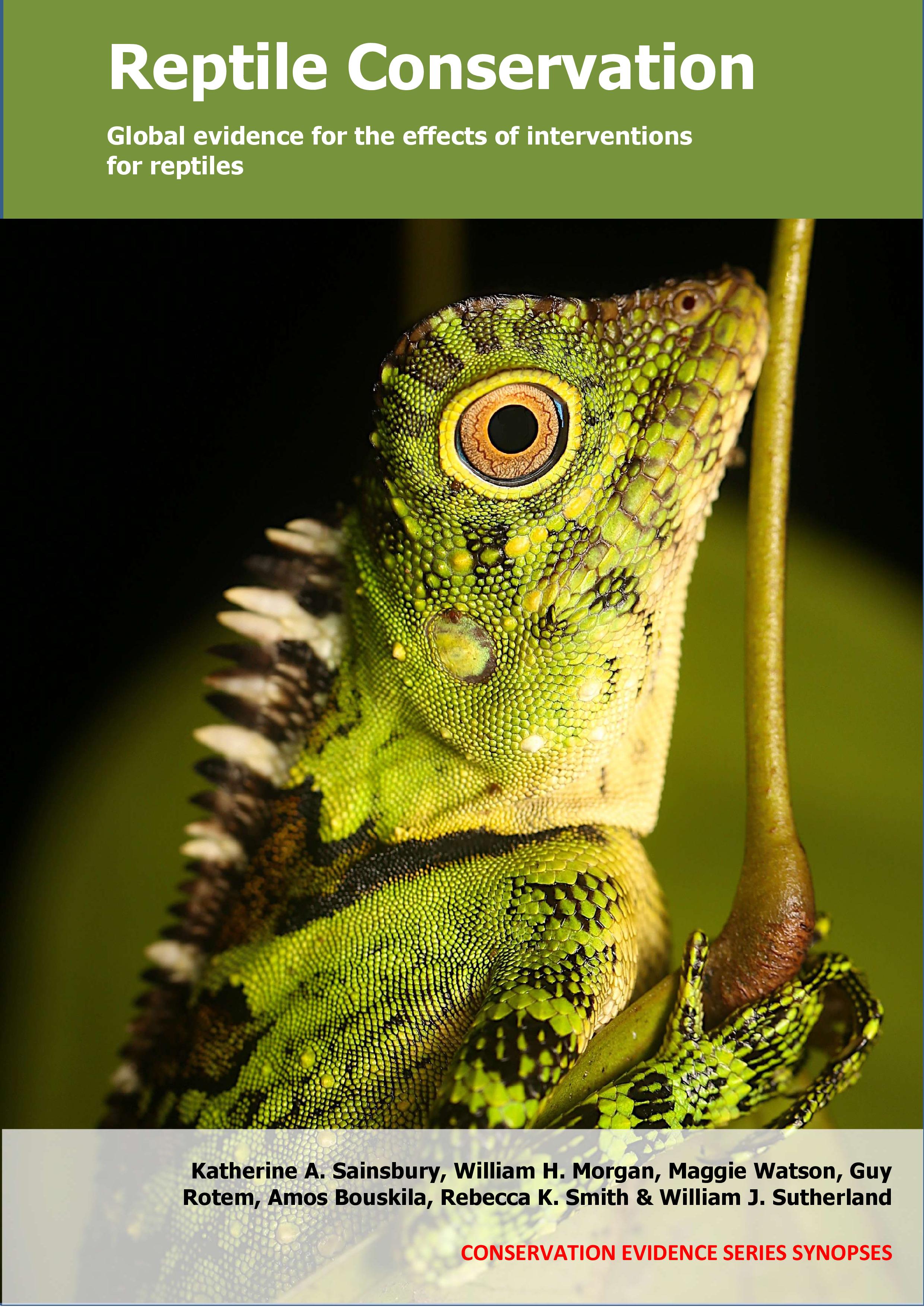Limit vessel speeds
-
Overall effectiveness category Awaiting assessment
-
Number of studies: 3
View assessment score
Hide assessment score
How is the evidence assessed?
-
Effectiveness
not assessed -
Certainty
not assessed -
Harms
not assessed
Study locations
Supporting evidence from individual studies
A replicated study in 2004 in shallow oceanic water off the coast of Queensland, Australia (Hazel et al. 2007) found that green turtles Chelonia mydas were more likely to flee a vessel driven at slower speeds. Of 1,819 turtle encounters when the turtle was on the sea floor, 60% were able to flee a slow-moving boat (416 of 694 turtles fled), 22% at a moderate speed (136 of 620 turtles fled) and 4% at a fast speed (20 of 505 turtles fled). This trend was statistically significant only when turtles were within 6 m offset of the vessel (see original paper). Turtles in the water column or on the surface also tended to show a reduced flight response at faster vessel speeds (small sample size precluded statistical analysis, see original paper). A 6 m aluminium boat with a 40 hp outboard motor was driven at three speeds (4, 11 and 19 km/h) on a transect 5 km parallel to the shoreline about 200–450 m from the shore in <5 m of water in the 3 hours before and after noon. The behaviour of turtles sighted within 10 m of the boat were recorded by a spotter.
Study and other actions testedA replicated, site comparison study in 2006 in a canal system in Limon Province, Costa Rica (Grant & Lewis 2010) found that waterways with enforced speed limits had lower numbers of injured spectacled caiman Caiman crocodilus fuscus. No injured spectacled caiman were caught in waterways with enforced speed limits (injured: 0 individuals; non-injured: 24 individuals), whereas 37% of spectacled caiman caught in waterways without enforced speed limits had boat-related injuries (injured: 11 individuals; non-injured: 19 individuals), of which two died. Caiman were surveyed in April–June 2006 in three waterways with enforced speed limits (idle–slow) and three without enforced speed limits (high speeds up to 40 km/hour). Adult caiman (1.0–2.5 m long) were caught at night and checked for scars or injuries. Mortalities from boat propellers were recorded.
Study and other actions testedA replicated study in 2009 in an abandoned sand quarry in Georgia, USA (Work et al. 2010) found that lower vessel speeds reduced catastrophic injuries to artificial loggerhead turtle Caretta caretta shells. Catastrophic injuries to artificial turtle shells occurred less frequently at lower speeds than higher speeds on unmodified vessels (7 km/hr: four of 10 turtles; 40 km/hr: 10 of 10 turtles) and vessels with propeller guards (7 km/hr: one of 10; 40 km/hr: nine of nine). With a jet outbound motor or an inboard jet motor (on a jet ski) none of 40 turtles were damaged at 7 or 40 km/hr. Injury rates were similar regardless of the position of the artificial shell in the water. A 90 hp, 4-stroke outboard motor with a three-bladed stainless-steel propeller was mounted on a 5.8 m skiff and driven at 7 or 40 km/h over surface level or propeller-depth (48 cm) fibreglass model loggerhead turtle shells (5 trials/speed/turtle depth). One of two propeller guard designs were then added to the same skiff: a horizontal-fin (Hydroshield®), or a stainless-steel cage (Prop Buddy®) and driven over propeller-depth artificial turtle shells (7 km/h: 5 trials/guard; 40 km/h: 4–5 trials/guard). A personal watercraft (jet ski) with an inboard jet motor and the 5.8 m skiff modified with an 80 hp, jet-drive outboard motor were also both driven at 7 and 40 km/h over surface-level or propeller-depth artificial loggerhead turtle shells (5 trials/speed/vessel/turtle depth). Injuries to artificial shells were classified as catastrophic if they would have killed a real sea turtle.
Study and other actions tested
Where has this evidence come from?
List of journals searched by synopsis
All the journals searched for all synopses
This Action forms part of the Action Synopsis:
Reptile Conservation
Reptile Conservation - Published 2021
Reptile synopsis





)_2023.JPG)














